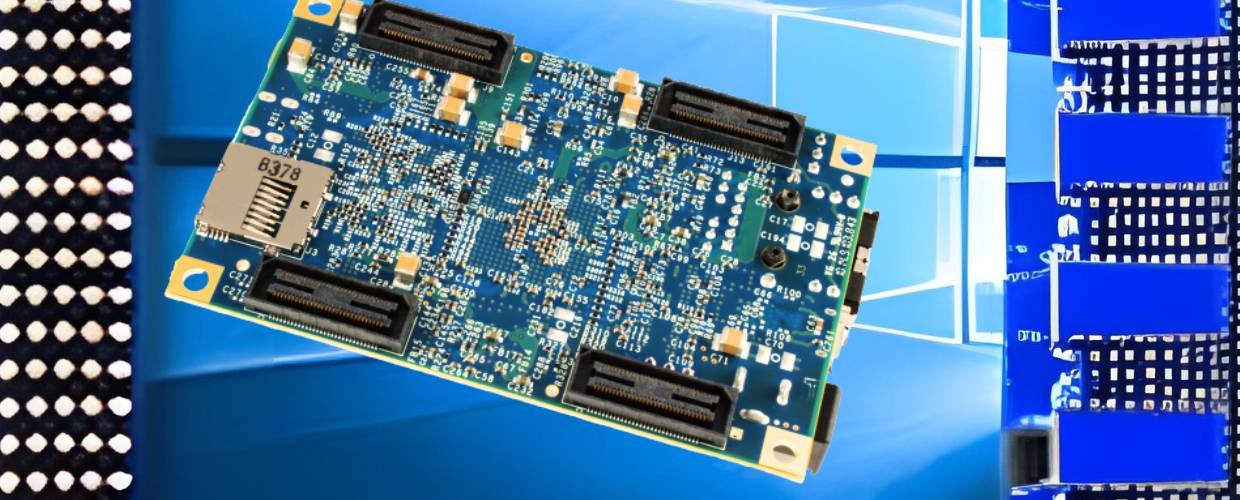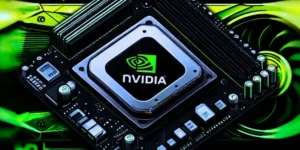The Parallella Board is a revolutionary single-board computer (SBC) that brings parallel computing capabilities to developers, enthusiasts, and researchers. Developed by Adapteva, it offers a compact and affordable platform for exploring and harnessing the power of parallel processing. This article will delve into the features, applications, and benefits of it, highlighting its similar computing architecture, performance, and potential for accelerating computationally intensive tasks.
What is the Parallella Board?
The Parallella Board is a single-board computer developed by Adapteva. It is designed to provide a highly parallel computing platform focusing on energy efficiency and performance. It is unique because it incorporates a specialized Epiphany multicore accelerator chip, allowing for efficient parallel processing. The key feature of the Parallella Board is the Epiphany chip, which can be equipped with 16 or 64 cores, depending on the specific model. These cores are designed to work together in parallel, enabling high-performance computing tasks with reduced power consumption compared to traditional CPU architectures.
It typically includes an ARM-based processor, RAM, storage options, and various connectivity interfaces, including USB, HDMI, Ethernet, and expansion headers. It can support multiple operating systems, including Linux distributions like Ubuntu and Fedora, providing a familiar and versatile software environment for developers and enthusiasts. It is particularly suitable for applications that require massive parallel processing, such as data analysis, signal processing, scientific simulations, and machine learning. While the Parallella Board is targeted at advanced users and developers with specific parallel computing needs, its unique architecture and performance capabilities make it a compelling choice for those seeking to explore and leverage the power of parallel processing in their projects.
Key Features and Functionalities of the Parallella Board
The Parallella Board offers several key features and functionalities that distinguish it as a powerful parallel computing platform. Let’s explore some notable characteristics.
Epiphany Multicore Coprocessor
The Parallella Board’s most significant feature is the Epiphany multicore coprocessor. This coprocessor comprises a scalable array of energy-efficient RISC processors, allowing for massively parallel processing. The Epiphany architecture is designed to execute tasks in parallel, unlocking vast computational potential.
ARM Processor and Memory
The Parallella Board also includes an ARM processor, the main CPU for general-purpose computing. It provides compatibility with standard software and operating systems. Additionally, the board is equipped with onboard memory, ensuring efficient data access and storage for the ARM processor and the Epiphany coprocessor.
Connectivity and Expansion Options
It offers a range of connectivity options, including USB ports, Ethernet, HDMI output, and microSD card slots. These options enable seamless integration with peripherals, external storage, and networking devices. The board also provides expansion headers for additional connectivity, allowing for further customization and project development.
Open-Source Design
The Parallella Board embraces the principles of open-source hardware and software. The board’s design files, schematics, and software are freely available, enabling users to customize, modify, and contribute to the platform. This open nature fosters collaboration, knowledge sharing, and continuous improvement within the Parallella community.
Software Development Tools and Libraries
The Parallella Board offers a range of software development tools and libraries to facilitate parallel computing development. These tools include compilers, debuggers, and libraries optimized for parallel processing. They allow developers to harness the power of the Epiphany coprocessor and efficiently write parallel code.
Applications of the Parallella Board
The Parallella Board finds applications in various domains that require high-performance parallel computing. Let’s explore some notable applications.
High-Performance Computing
The Parallella Board is an affordable platform for high-performance computing (HPC) applications. Its parallel computing architecture and scalability make it suitable for scientific simulations, data analysis, and computational modeling tasks. The board’s compact size and energy efficiency enable users to build parallel computing clusters for HPC on a budget.
Signal and Image Processing
The Parallella Board excels in signal and image processing applications that require parallel computation. Its multicore Epiphany coprocessor can handle real-time sensor data processing, video streams, and image recognition tasks. The board’s computational power enables efficient analysis, filtering, and manipulation of large volumes of data.
Machine Learning and Artificial Intelligence
With its parallel computing capabilities, the Parallella Board is well-suited for machine learning and artificial intelligence (AI) tasks. The board can accelerate training and inference processes, enabling faster and more efficient AI models. Users can leverage it parallelism to tackle complex AI problems and explore advanced AI algorithms.
Data Analytics and Big Data Processing
The Parallella Board can significantly contribute to data analytics and big data processing workflows. Its parallel processing power enables efficient data manipulation, aggregation, and pattern recognition. Users can harness the board’s capabilities to accelerate data-intensive tasks, such as data mining, real-time analytics, and processing large datasets.
Educational and Research Projects
The Parallella Board is an educational tool for teaching parallel computing concepts and principles. It provides students, researchers, and educators with a hands-on platform to explore parallel processing, algorithms, and programming techniques. The board’s open-source design and software development tools foster a collaborative learning environment.
Benefits of the Parallella Board
It offers several benefits, making it a compelling choice for parallel computing enthusiasts and developers. Let’s explore some of its advantages.
Massively Parallel Computing
The Parallella Board’s Epiphany multicore coprocessor brings massively parallel computing capabilities to users’ fingertips. It enables the execution of numerous tasks in similar, resulting in significant performance gains and improved efficiency for computationally intensive workloads.
Affordable and Accessible
The Parallella Board provides an affordable and accessible parallel computing platform compared to traditional HPC solutions. It empowers developers, researchers, and students with a cost-effective tool for exploring parallel processing and pushing the boundaries of computation.
Scalability and Expandability
The Parallella Board’s scalability allows users to create parallel computing clusters by combining multiple boards. This scalability enables users to tailor their computing resources according to the specific needs of their projects. Additionally, the board’s expansion options provide flexibility for additional hardware and peripherals.
Open-Source Collaboration
Its open-source nature encourages collaboration, knowledge sharing, and continuous improvement within the Parallella community. Users can access design files, software, and resources to customize and optimize the board for their specific requirements. Community support ensures access to a wealth of expertise and resources.
Energy Efficiency
The Parallella Board’s energy-efficient design minimizes power consumption while delivering substantial computing power. This energy efficiency reduces operational costs and contributes to environmental sustainability, making the board an attractive choice for energy-conscious users.
Conclusion
The Parallella Board offers an exciting platform for exploring and harnessing the power of parallel computing. With its Epiphany multicore coprocessor, connectivity options, and open-source design, it has empowered users to accelerate computationally intensive tasks, delve into parallel programming, and build innovative projects. From high-performance computing to signal processing, machine learning, and data analytics, it provides a pathway for unleashing parallel computing power. By embracing the it developers and enthusiasts can embark on a journey of exploration, innovation, and collaboration in parallel computing.









